Explore the Best AI Image Gallery
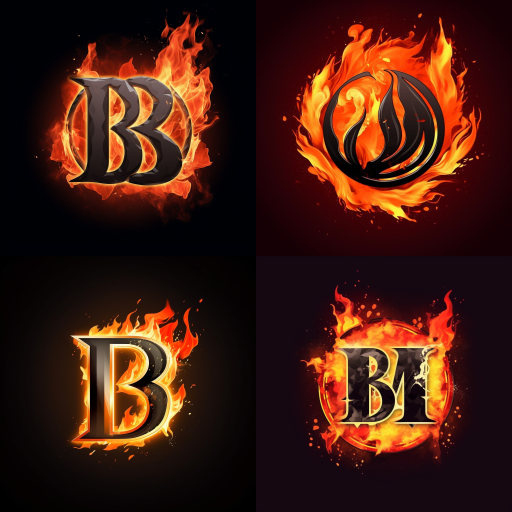
Unlocking New Dimensions: AI's Impact on Digital Creativity
The advent of artificial intelligence (AI) has brought profound changes across various industries, and the realm of digital creativity is no exception. As artists, designers, and content creators increasingly incorporate AI tools into their workflows, the landscape of creative expression is being redefined. This blog post will explore how AI impacts the creative industry, its potential applications, ethical considerations, and future trends that can shape the way we create.
The Transformative Power of AI in the Creative Industry
Artificial intelligence is revolutionizing the creative sector in multiple ways. The integration of machine learning algorithms has led to the emergence of tools that assist artists in their creative processes, enabling them to explore innovative possibilities that were once unimaginable. For instance, AI can generate unique visual art, compose music, or even write poetry, providing endless opportunities for creators to augment their abilities.
AI-driven design software, such as Adobe Sensei, uses AI capabilities to enhance image editing, offering smart features that help artists refine their work effectively. These tools analyze images and suggest improvements, automate mundane tasks, and provide inspiration, allowing creatives to devote more time to ideation and experimentation instead of focusing solely on execution.
Potential Uses of AI in Digital Creativity
The potential applications of AI in the domain of creativity are vast and varied. Here are some notable uses:
- Generative Art: Using algorithms, AI can create visual art pieces that reflect unique styles or blend different artistic movements. Platforms like DeepArt and Artbreeder exemplify how users can input parameters to generate one-of-a-kind artworks.
- Music Composition: AI-composed music is gaining traction, with tools like OpenAI's MuseNet generating harmonious pieces across numerous genres. This technology can support musicians and composers in their creative journey, providing fresh ideas and compositions.
- Content Creation: Writers can leverage AI-based tools like GPT-3 to produce articles, scripts, or marketing copy. These tools can suggest themes, help refine writing style, and even create full pieces based on initial inputs.
- Customized Visuals: Many brands are using AI to create tailored visuals for specific target audiences. By analyzing consumer preferences, AI tools can generate infographics, videos, and even advertisements that resonate with intended audiences.
Ethical Considerations
As with any transformative technology, the integration of AI in the creative industry raises important ethical questions. Primarily, issues such as copyright, authenticity, and the role of human creativity must be addressed.
One of the critical challenges is the ownership of AI-created works. When an AI generates an artwork or a piece of music, questions arise: Who owns the copyright? The developer of the AI, the user, or the AI itself? This ambiguity complicates the distribution and monetization of AI-generated content.
Moreover, while AI can mimic human creativity, it lacks a genuine emotional understanding and personal experience. The concern is that an over-reliance on AI might devalue the human touch that has traditionally been at the heart of creative expression, leading to homogenization of content.
Future Trends in AI and Digital Creativity
Looking forward, we can anticipate several trends that may define the future of AI in the creative sector:
- Enhanced Collaboration: The collaboration between AI and human creators is likely to grow. Rather than replacing artists, AI will evolve as a collaborator, assisting in brainstorming and idea generation while allowing the artist to maintain creative control.
- Increased Personalization: AI tools will continue to advance in their ability to analyze user preferences and behaviors, allowing for more personalized content and creative experiences. This trend empowers brands and artists to foster deeper connections with their audiences.
- Blurring of Creative Boundaries: As AI technologies evolve, the definitions of creativity and authorship may blur. The melding of human and AI capabilities will likely lead to new forms of artistic expression that combine the strengths of both.
- More Diverse Representation: AI can facilitate the exploration of underrepresented voices in the arts by democratizing access to creative tools. Providing marginalized creators with powerful tools can lead to a richer and more diverse cultural landscape.
Conclusion
As we unlock new dimensions in digital creativity through artificial intelligence, it is crucial to approach this transformative technology with curiosity and caution. The synthesis of AI with human creativity offers unprecedented possibilities while also necessitating a thoughtful consideration of its ethical implications. By navigating this brave new world, we can embrace the potential of AI to enhance the creative landscape and celebrate the diverse tapestry of human expression.



](https://images.ai-img.art/thumbnails/150/74fe39465fb728f0be740f14a0e753985a7a202a983fe8b708cd56665252aeb0.webp)


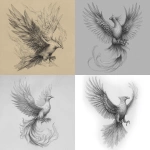
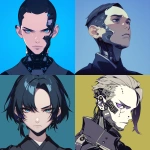

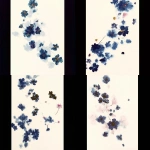


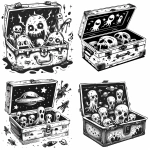

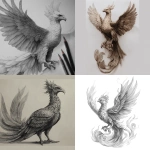

](https://images.ai-img.art/thumbnails/150/044930b0e6606b87c7ab54cfc9ac3d59533cf3d6d7d658dbb1faa1b97c575dd2.webp)
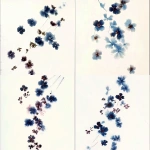

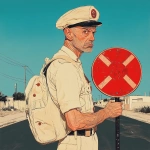
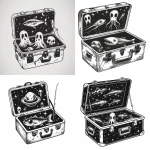
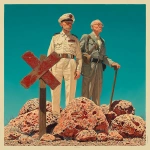

](https://images.ai-img.art/thumbnails/150/87970d07238103a69c098a36fcaa89dde90d12a4a2ff107e8bd2e2b08e1778a2.webp)

](https://images.ai-img.art/thumbnails/150/477e3ed7292726f6dd8626f0b911bbba218c93298c561d5a7e2dc9b5313461c3.webp)

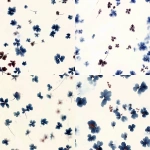





](https://images.ai-img.art/thumbnails/150/2f2f9fd945df5b3a1e8cd78edc892e036af6d868ac9123e2e23def2d2f286810.webp)
](https://images.ai-img.art/thumbnails/150/9a236083efc412f2063ce4fe8743e0c52f92ae8bc763b64d2c7a1249b5c0e3e8.webp)


](https://images.ai-img.art/thumbnails/150/ab72cef4d9d2967ca2b116b76986000e543809d8a2644dfd122b830fa87f3062.webp)



](https://images.ai-img.art/thumbnails/150/e98e848b82dd4c7762990adeecb0b8b8994cc5e19d6b8106a7d02da204d15496.webp)
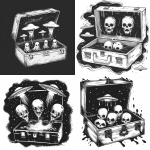
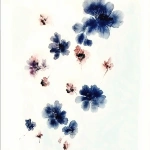
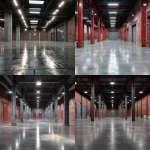

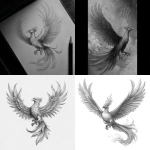

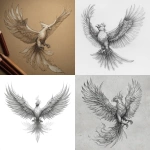
](https://images.ai-img.art/thumbnails/150/4afb6c64b7f45f3dd207e7dee8c1e653bec05393e8a83cbc94a48a3c6f3720a4.webp)